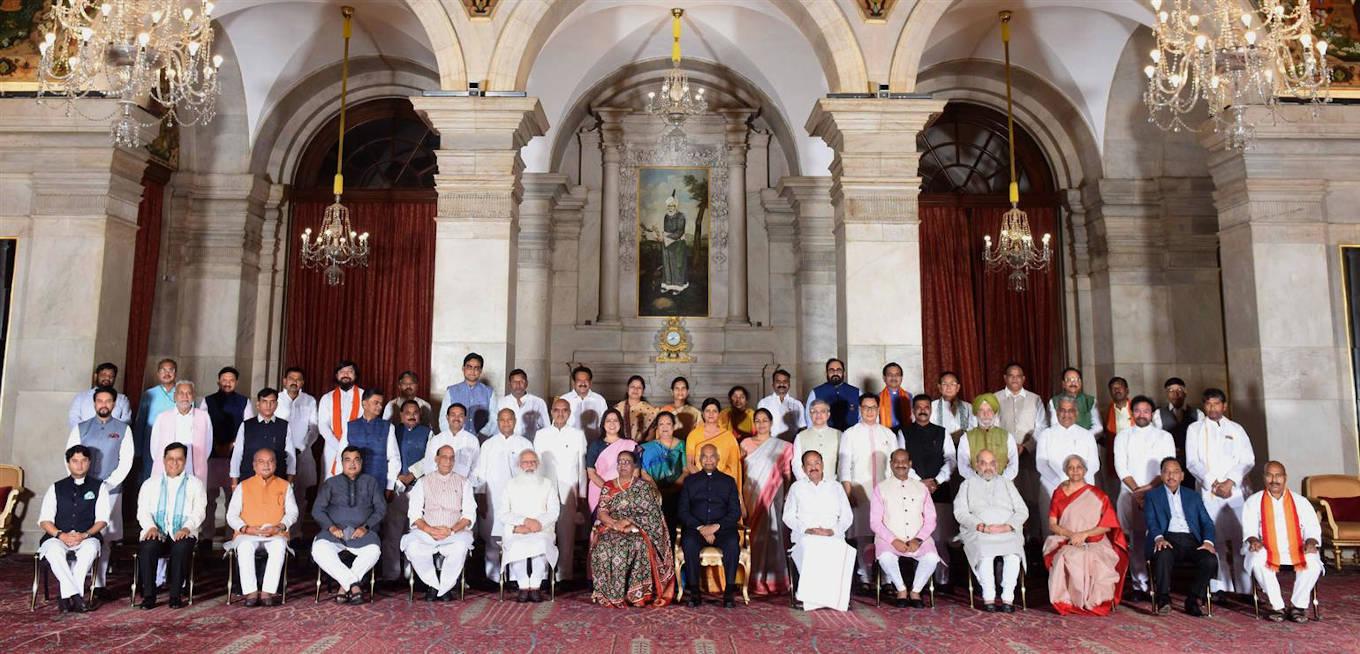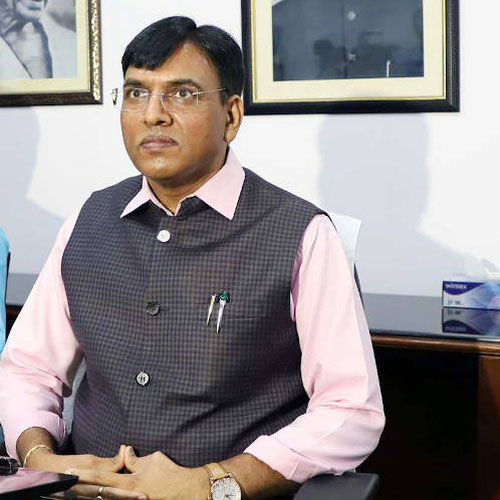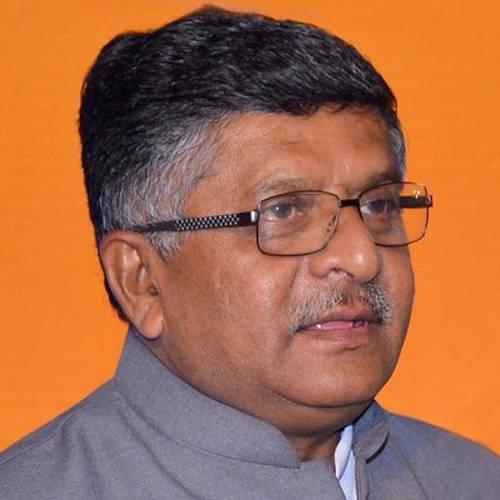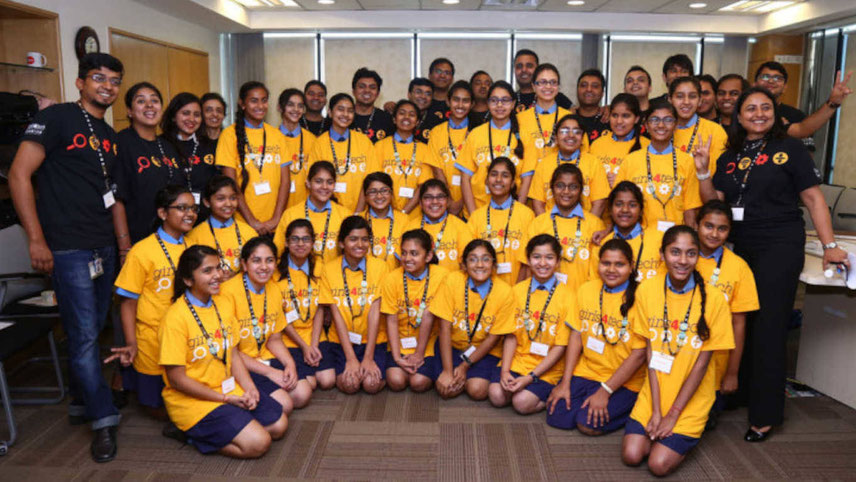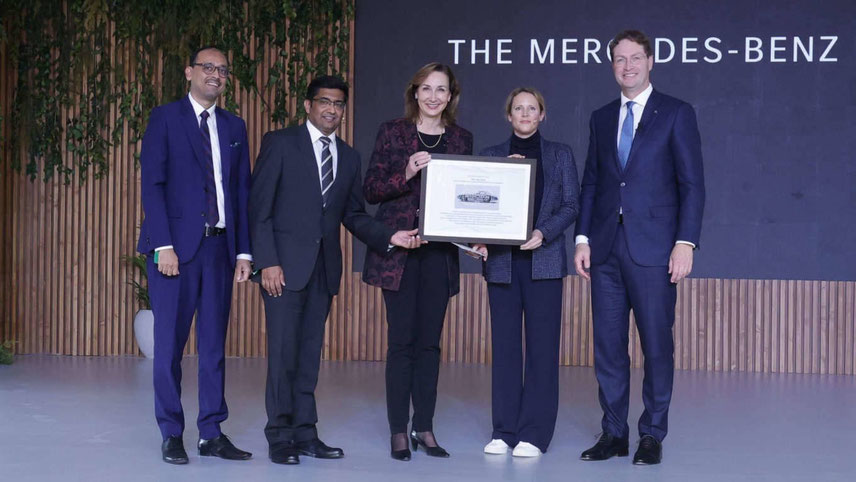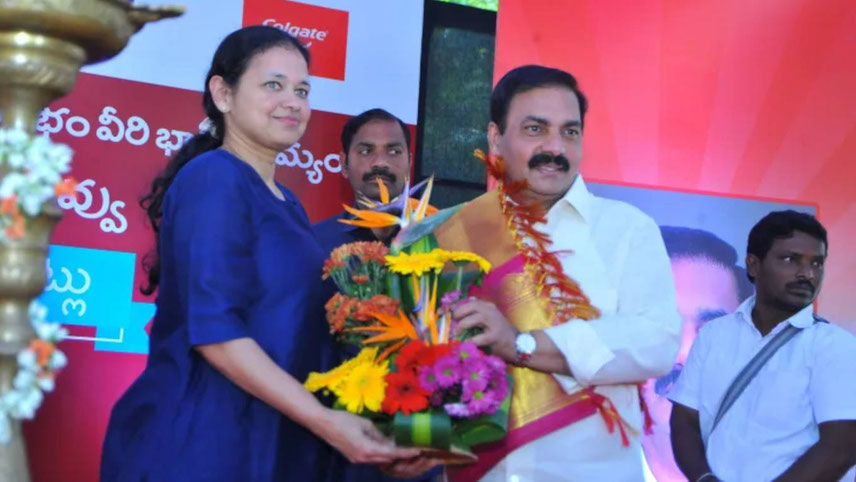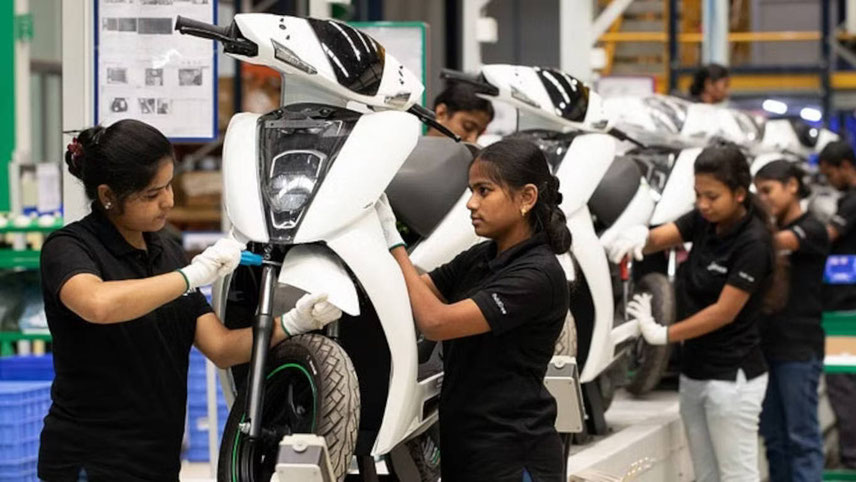New blue-eyed boys
A lot has been written about the responsibility of resolving the tech jumble devolving on Ashwini Vaishnaw, a technocrat with degrees from IIT Kanpur and Wharton School. Starting as an IAS officer from the Odisha cadre, he was once the private secretary of former Prime Minister Atal Bihari Vajpayee. Vaishnaw has also worked in General Electric and Siemens, which is expected to make him a better interface with foreign companies, especially the Big Tech.
But the fact that he has also been asked to handle the rail ministry, which is his other charge, shows that Modi is still grappling with a talent deficit in his pool. The Railways is a gigantic set-up and requires full-time attention of a politically heavyweight minister, since it is a hotbed of trade union activity also.
Of the new entrants, the new health minister Mansukh Mandaviya is set to be the one under most scrutiny, given the impending third wave of Covid. While the removal of Harsh Vardhan is clearly meant to offset the criticism over the government's handling of the Covid crisis and the tardy pace of vaccination, the measures taken by Mandaviya, a protégé of Modi from his Gujarat days, over the coming days will decide how the battle against the virus plays out.
Jyotiraditya Scindia got the coveted civil aviation portfolio as a reward for delivering Madhya Pradesh, then ruled by the Congress, to the BJP. He led a band of about two dozen loyalist MLAs, who followed suit in resigning from the Congress to join the BJP.
With this reshuffle, Modi also proved that he was capable of springing surprises. Ever since Sushil Kumar Modi, former Bihar deputy chief minister who once headed the state finance minister’s panel on GST, was brought to the Rajya Sabha in December 2020, it was said that it was just a matter of time before he is made a minister in the Union government. Even in the current reshuffle, he was being considered as a strong probable. But when the chosen ones began flying to Delhi, Sushil Modi remained in Bihar. Soon it became clear that he had been left out. What went wrong for him? It appears that the Modi-Shah set-up in New Delhi was not too sure of his loyalties. "When he was the deputy CM, he worked more as Nitish Kumar's man in the BJP and not as BJP's representative in the JD (U)-BJP government," a BJP leader from Bihar says. With major past allies like the Akali Dal and Shiv Sena pulling out of the Modi government, an attempt has been made to broad-base the cabinet, by including representatives from the Janata Dal (U) and Apna Dal, a UP-centric outfit.
The shifting matrix of PM’s preferences also became clear when Smriti Irani has been divested of the textiles portfolio. After defeating Rahul Gandhi in Amethi in 2019, Irani had earned a certain political stature on her own might. According to political analysts, though she has always projected herself as a loyalist of Modi, she doesn't quite fit into the category of people Modi prefers – those who owe their entire careers to him. As a result, she sees her influence diminished. It had already been in decline from the time when she was HRD minister in the previous Modi government. She will now handle the politically inconsequential women & child development.
Battleground: co-operatives
A highlight of the reshuffle was the creation of a separate Union Ministry of Co-operation, a subject that till date was looked after by the Ministry of Agriculture. Home Minister Amit Shah has been given charge of the new ministry. The Opposition has contested this move, with CPI (M) leader Sitaram Yechury saying that the new ministry is an attempt to infringe upon the federal rights of the state governments as the Seventh Schedule of the Constitution says that the co-operative societies are a ‘state’ subject.
A government press release says the Ministry of Co-operation will provide a separate administrative legal and policy framework to strengthen the co-operative movement in the country. “It will help deepen co-operatives as a true people-based movement reaching up to the grassroots. The ministry will work to streamline processes for ‘ease of doing business’ for co-operatives and enable development of multi-state co-operatives (MSCS),” it said.
This is not the first time that the idea has figured in government’s scheme of things. In her Budget speech, Finance Minister Nirmala Sitharaman too had mentioned the need to strengthen co-operatives. It is an omnibus subject, spanning several sectors. In agriculture, co-operative dairies, sugar mills, spinning mills, etc, are formed with the pooled resources of farmers, who wish to process their produce. The country has 194,195 co-operative dairy societies and 330 co-operative sugar mill operations. Co-operative sugar mills account for 35 per cent of the sugar produced in the country.
In banking and finance, co-operative institutions are spread across rural and urban areas. Village-level primary agricultural credit societies (PACS) formed by farmer associations help in grassroots-level credit flow by anticipating the credit demand of a village and making the demand to the district central co-operative banks. State co-operative banks sit at the apex of the rural co-operative lending structure. Given that the PACS are a collective of farmers, they have much more bargaining powers than an individual farmer pleading his case at a commercial bank. Then there are also co-operative marketing societies in rural areas and co-operative housing societies in urban areas.
A key reason the Modi government has decided to turn its attention on co-operatives is that these institutions influence state and national politics. Co-operative institutions, be it the village-level PACS or the urban co-operative housing societies, elect their leaders democratically, with members voting for a board of directors. Thus, in states such as Maharashtra, co-operative institutions have served as schools for development of leadership. In Gujarat, Amit Shah is said to have headed the Ahmedabad District Central Co-operative Bank for a long time.
In the present Maharashtra legislature, according to reports, there are at least 150 legislators who have had some connection with the movement. NCP chief Sharad Pawar and Deputy Chief Minister Ajit Pawar had started their respective political careers by contesting co-operative elections The movement has given the state multiple chief ministers, as well as ministers, many of whom have gone on to make a mark at the national level too.
No matter which party is in power in a state like Maharashtra, the purse strings of the local economy always remain with the co-operative institution. Thus, when Devendra Fadnavis was chief minister in the BJP-Shiv Sena government, the financial control of most co-operative institutions remained with the NCP and the Congress. Pawar should now be smelling a rat in the move.
